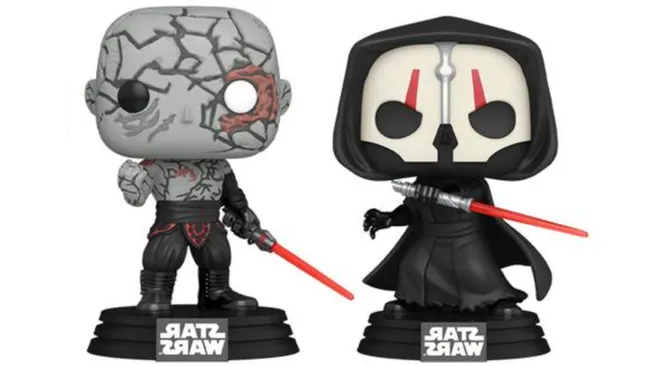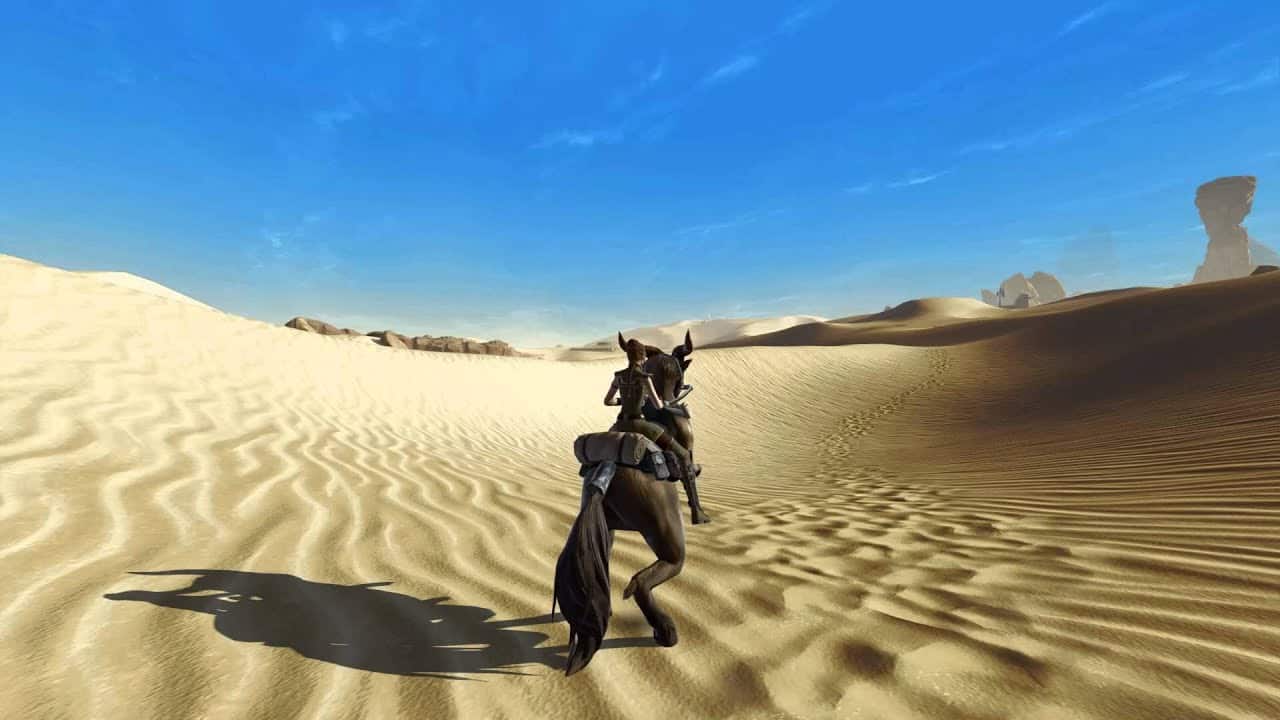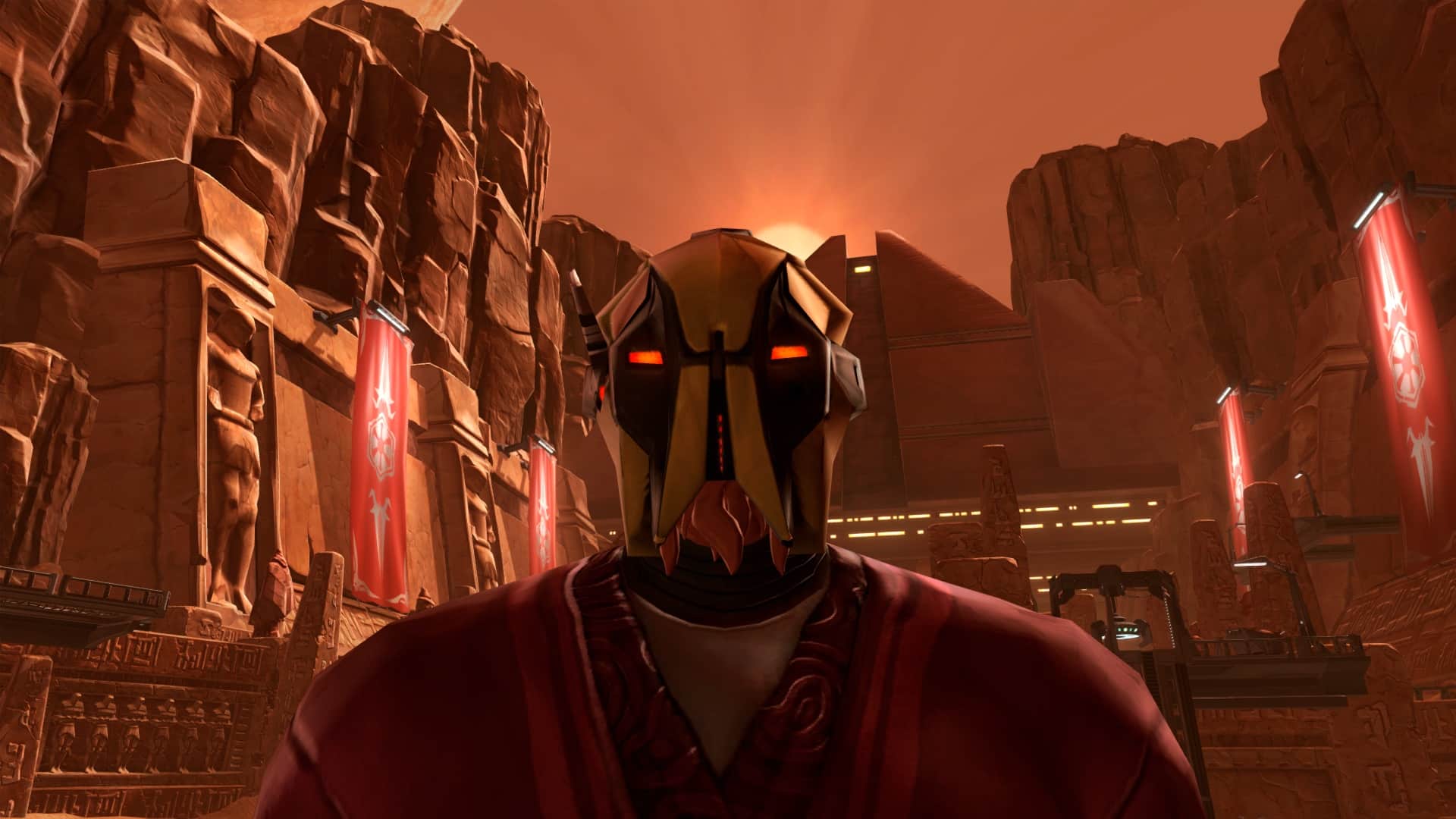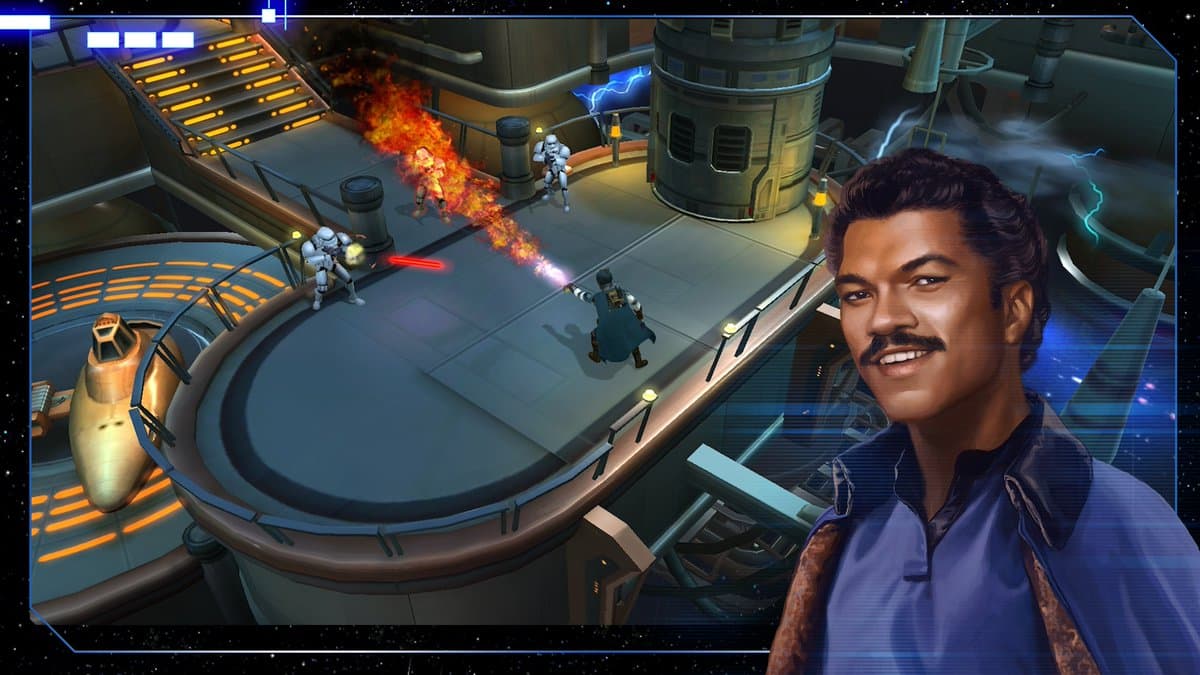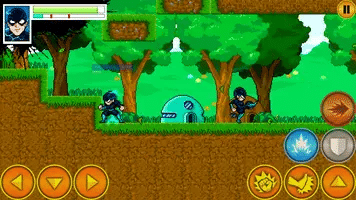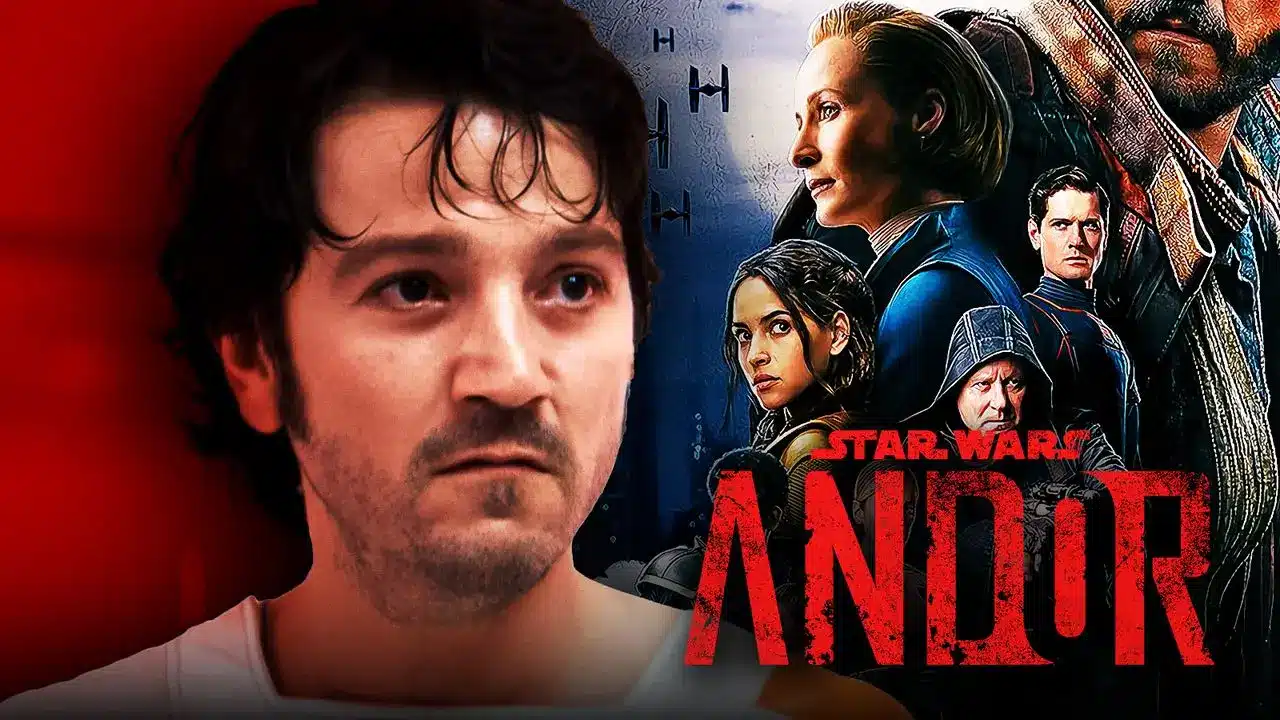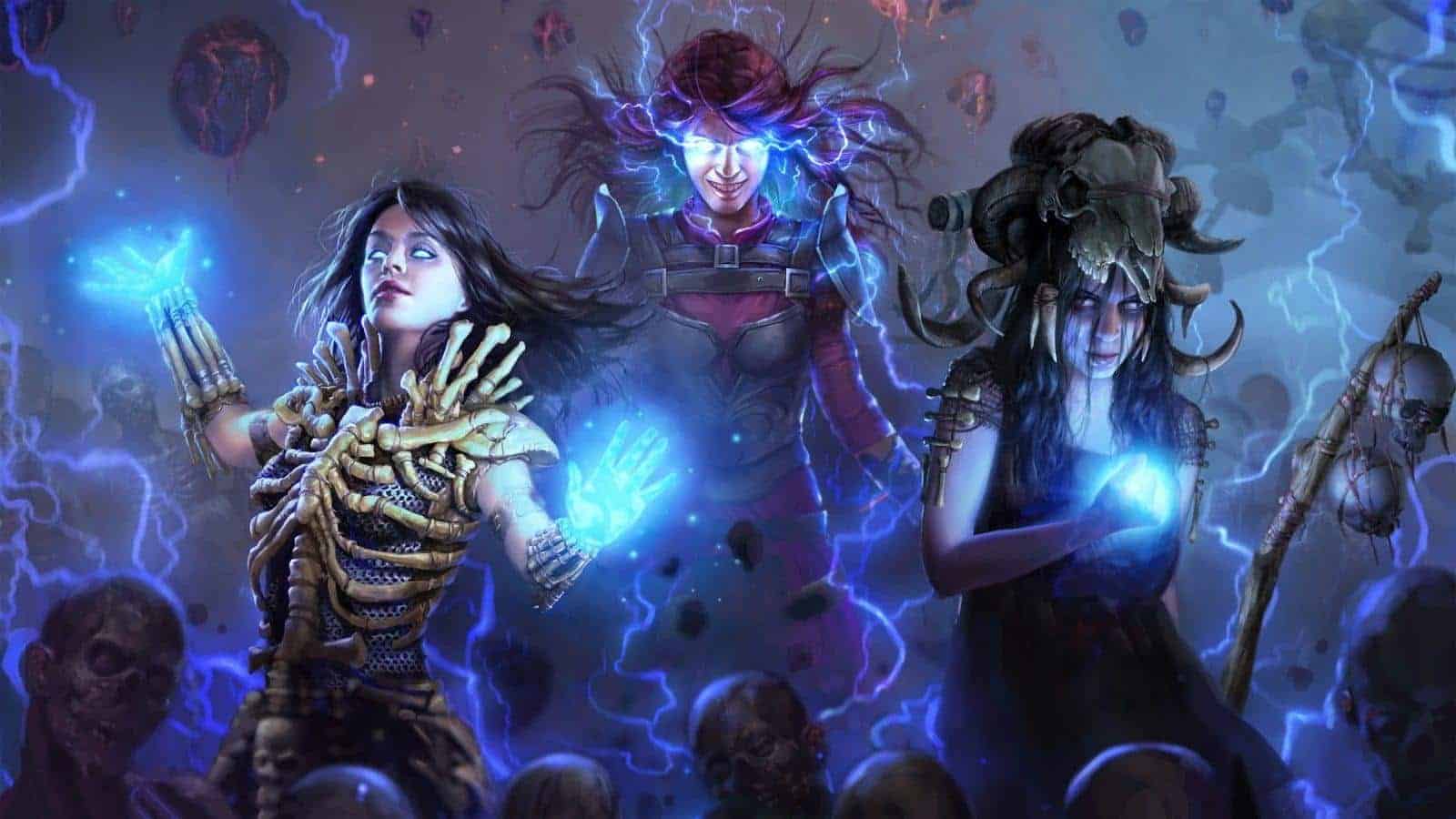Collecting Funko Pops might seem like a harmless hobby, but when they intersect with beloved narratives and characters, the stakes can feel surprisingly high. This sentiment holds especially true for fans of the iconic game, Star Wars: Knights of the Old Republic 2: The Sith Lords (KotOR 2). Here, we explore how these quirky collectibles have ventured into a territory that is both nostalgic and sacred to many, prompting a complex blend of emotions.
Star Wars: Knights of the Old Republic 2 – An RPG Unlike Any Other
KotOR 2 is not just any game; it’s a revered piece of the Star Wars universe, crafted with care by Obsidian Entertainment. Developed in roughly 14 months, the game initially came without a complete ending, which was later restored by dedicated fans. The depth and complexity of KotOR 2’s narrative and character development set it apart as a masterpiece in role-playing games, often compared to the legendary Planescape: Torment.
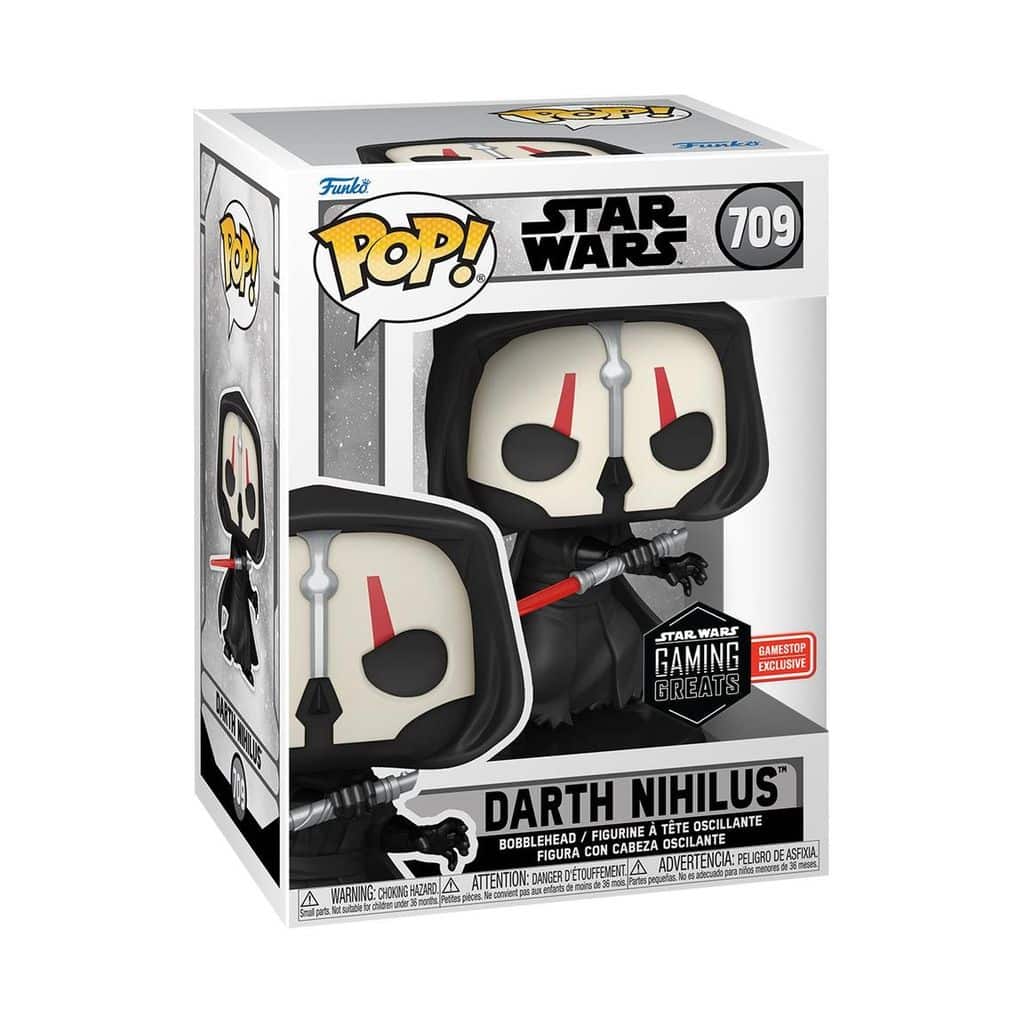
Why Funko Pops of KotOR 2?
The decision by GameStop to release exclusive Funko Pops based on KotOR 2 characters is intriguing and somewhat perplexing. These characters, rich with deep, often dark backstories, seem at odds with the whimsical, cartoonish nature of Funko Pops. The transition from a complex narrative to a simplified vinyl figure prompts the question: Why choose such a profound part of the Star Wars lore for Funko-ization?
Analyzing the Characters as Funko Pops
- Darth Nihilus: Once a human, now a metaphysical entity that devours life, Darth Nihilus is reduced to a “funky little guy” with an oversized head. This representation might seem trivializing to those who see him as a symbol of existential dread.
- Darth Sion: Known for his perpetual pain and anger, Darth Sion’s transformation into a Funko Pop, complete with a stylized representation of his damaged eye, is both clever and unsettling. It captures his essence but also softens his more terrifying aspects.
- Kreia/Darth Traya: While there’s no full Funko statue, the pendant featuring KotOR 2’s manipulative mentor highlights her complexity in a reduced, almost endearing form. This shift from a profound character to a collectible might be seen as diminishing her impact and the lessons she imparts.
Consumer Reaction and Collectibility
The launch of Funko Pops featuring characters from Star Wars: Knights of the Old Republic 2 presents an interesting case study in consumer reaction and the broader implications of collectibility within the gaming community. These figures, while playful and accessible, also stir a spectrum of reactions from fans, reflecting a complex relationship between collectibility and fan engagement.
Diverse Reactions Among the Gaming Community
Reactions to the KotOR 2 Funko Pops range from excitement and nostalgia to skepticism and criticism. Some fans embrace the opportunity to own a piece of their favorite game in a tangible, displayable form, viewing these collectibles as a fun way to show support for the game and its legacy. On the other hand, there are purists who argue that turning such deep, complex characters into stylized, commercial products dilutes the game’s serious themes and rich storytelling.
Impact on Collectible Market Trends
The collectibility of these Funko Pops can significantly impact market trends within the gaming merchandise sphere. Limited editions and exclusive releases can drive up demand and create a vibrant secondary market where prices escalate far beyond the original retail value. This phenomenon not only affects how collectibles are perceived in terms of financial worth but also influences how they are pursued by different segments of the fan base.
Psychological and Social Factors of Collecting
Collecting, at its core, can be driven by various psychological and social factors. For some, it’s about the thrill of the hunt or the satisfaction of completing a set, which taps into deeper human instincts like gathering and belonging. For others, it’s a way to connect with like-minded individuals, creating social bonds over shared interests. These dynamics are especially potent in fandoms as passionate as those surrounding Star Wars and its gaming franchises.
The Role of Nostalgia in Collectibility
Nostalgia plays a critical role in the collectibility of items like Funko Pops. Many fans who played KotOR 2 during their younger years may seek out these items as a way to reconnect with their past experiences and rekindle the feelings associated with them. This emotional connection can sometimes outweigh practical considerations about the item’s inherent value or its fidelity to the original character portrayals.
Ethical and Cultural Considerations
There are also ethical and cultural considerations that come into play. How do producers and marketers balance commercial interests with respect for the cultural and narrative depth of the source material? The commercialization of deeply loved characters raises questions about the responsibilities of creators and marketers towards their audiences and cultural heritage.
Long-Term Impact on Gaming Culture
Finally, the long-term impact of such collectibles on gaming culture cannot be understated. They contribute to how games are remembered and celebrated. While Funko Pops help maintain the relevance of older games like KotOR 2 in popular culture, they also influence how new audiences perceive these games. Will new fans engage with the game itself, or will their experience be shaped primarily through its merchandised representations?
As Funko Pops continue to proliferate in the gaming world, they serve as both a bridge and a barrier in the cultural appreciation of games. They bring joy and a sense of ownership to many but also challenge the depth and integrity of the gaming narratives they represent. Understanding the varied reactions to these collectibles offers a window into the evolving relationship between gaming culture and the merchandise it inspires.
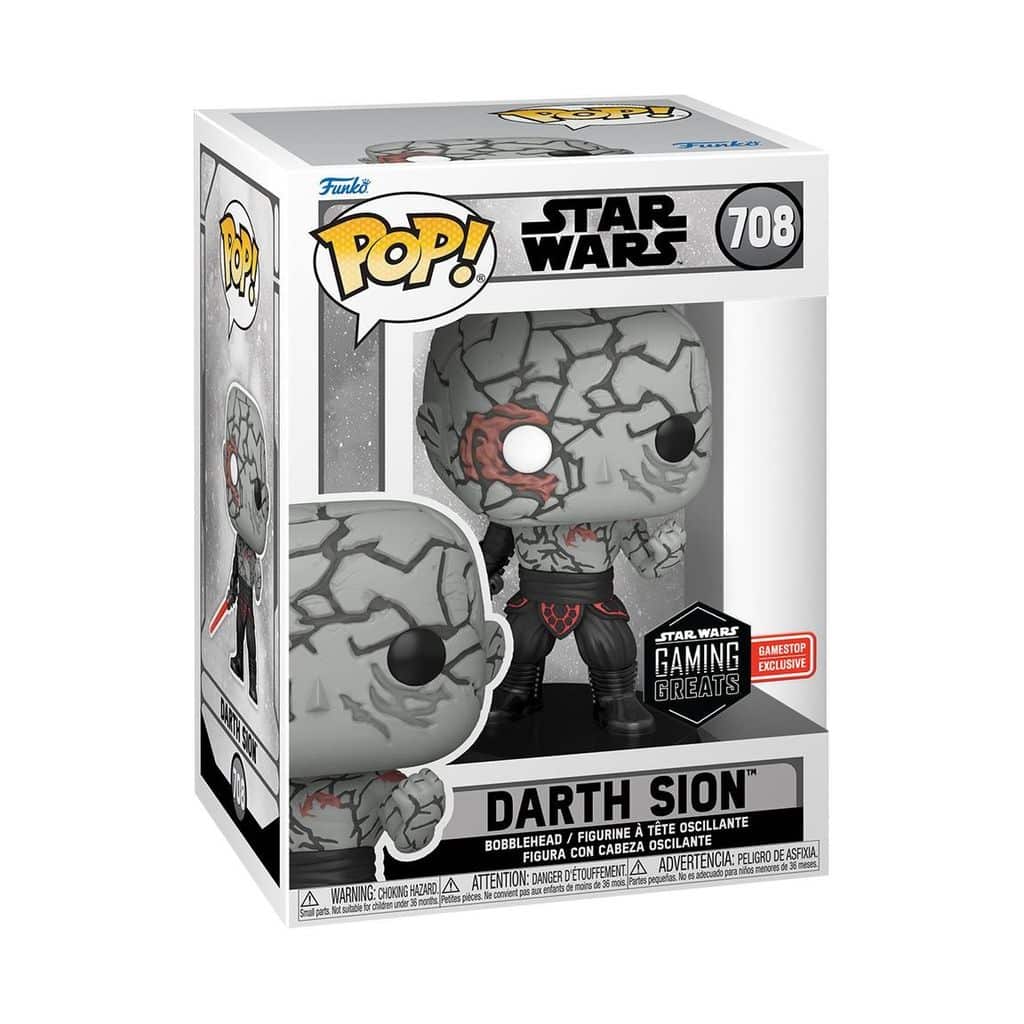
Reflections on Funko Pops and Gaming Culture
The arrival of Funko Pops themed after characters from Star Wars: Knights of the Old Republic 2 sparks a complex dialogue within the gaming community about the intersection of merchandising and gaming culture. Funko Pops, with their distinct, oversized heads and cute, stylized aesthetics, stand on the lighter, more accessible end of the collectible spectrum. They are designed to appeal broadly, often smoothing over the nuanced and darker aspects of the characters they represent.
The Commercialization of Game Characters
The transformation of deeply complex game characters into marketable figures can be seen as a double-edged sword. On one hand, it democratizes access to game memorabilia, allowing fans of all ages and backgrounds to own a piece of their favorite narratives. On the other, it raises questions about the commercial pressures on narrative integrity. As characters from a game as rich and dark as KotOR 2 are simplified into toys, does this diminish the game’s original themes and storytelling?
Gaming Culture’s Relationship with Nostalgia
Funko Pops also tap into the potent force of nostalgia, which plays a significant role in gaming culture. Games like KotOR 2 carry significant emotional weight, invoking memories of first encounters with their worlds and stories. By purchasing a Funko Pop, fans might feel they are acquiring a tangible connection to their past experiences and the initial joy they brought. However, the nostalgic allure can also overshadow the original context of the game, focusing on collectibility rather than the narrative or gameplay itself.
The Role of Collectibles in Gaming
Collectibles like Funko Pops also serve to create a shared language among fans. Owning and displaying these figures can signal one’s gaming interests and allegiances, fostering a sense of community and belonging. Yet, there is a tension inherent in how collectibles commercialize fandom. The very act of collecting can become competitive, with exclusivity and rarity often driving the perceived value of items like limited edition Funkos.
Ethical Considerations and Fan Response
The ethics of turning complex narratives and tragedies within games into consumer products is another layer worth exploring. Some fans might feel that turning a tragic character like Darth Sion into a collectible trivializes his story. The consumer response to these Funko Pops—ranging from delight to disdain—highlights the diverse ways in which people engage with game merchandise. It also raises questions about where the line should be drawn in merchandising elements of a story that deals with heavy themes.
In sum, Funko Pops represent more than just vinyl figures; they are a reflection of the broader dynamics at play in gaming culture, encapsulating the conflicts between commercial success and artistic integrity, between individual fandom and mass market appeal. As the gaming industry continues to evolve, so too will the ways in which its narratives are marketed and remembered. Whether Funko Pops enhance or dilute the legacy of games like KotOR 2 is a question that each fan must answer for themselves, but one thing remains clear: the discussion they spark is as multifaceted as the characters they depict.
Conclusion
Funko Pops continue to be a divisive topic among collectors and gamers alike. While they offer a fun and accessible way to celebrate various aspects of pop culture, when it comes to complex narratives like those found in Star Wars: Knights of the Old Republic 2, they can feel like a mismatch. Ultimately, whether these collectibles enhance or diminish the gaming experience is up to individual interpretation.
Frequently Asked Questions
- What makes Star Wars: Knights of the Old Republic 2 unique among RPGs?
- Why were Funko Pops chosen to represent characters from KotOR 2?
- What are the implications of turning dark, complex characters into Funko Pops?
- How have fans of KotOR 2 reacted to these Funko Pops?
- Can collecting Funko Pops enhance one’s appreciation of a video game?
- Are there any characters from KotOR 2 that were not turned into Funko Pops?


